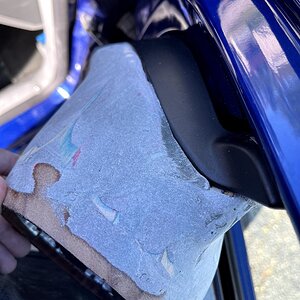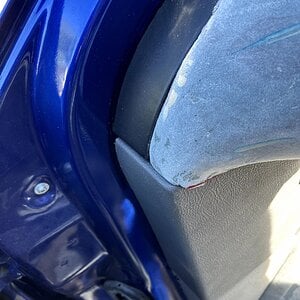An amp rated 2-3x the speaker you are driving is sufficient to provide rated power after impedance rise. Beyond that the amp won't have to work as hard to output the same amount of power as a lesser rated amp aka headroom.
Wow this is good info. keep it going. I'm taking it all in. This is interesting to learn.
So if the amp has same impedance as speaker how will that then affect to much power. If the voltage is adjusted to output correctly and all has been adjusted is there still a, too much power still? I understand that having the power or headroom available for the speaker and so the amp would no have to work as hard is understandable. I would not want to say have a sub or a speaker with such & such wattage and have an amp with say 1/2 of that rated power. In that case the amp would really strugle and poss over heat trying to push out power it did not have to get the sound volume.
So example. If I had some component speakers rated at 100w rms @ 4 ohm and then i had a say high quality amp that put out 200w rms @ 4ohm (and we know that most good quality amps can put out rated & then some, same with a quality speaker can handle more the rms rated ) and then after all adjustments completed, gain adjusted to output so on. Would that be to much power for that speaker to handle.
Wait Wait I may be thinking this wrong. Just came to me. A say 200w rms amp will not be putting out 200w all the time constantly. It will and can put out less like 100w at a given time do to the speaker and inexpedience and the power required to produce that sound at that moment. Oh why was i thinking that a say 200w rms amp would be putting out 200w all the time constantly. The amp can put out more then 200w on a say peak part of a song like a bass note of a song like a kick drum of a rock song. Like if i paused the song or turn down the volume knob to 0 on my HU to speak to someone and the system is still turned on, that amp is not putting out 200w when there is just NO song playing or signal. So that is why a 100w speaker can handle a 200w amp because the speaker is only going to draw the power needed to reproduce the sound and the sound level needed. So that 200w amp will not have to work as hard to provide 100w to that speaker when it is rated to 200w. It will have power to spare. But if i turn up the volume to say rock out loud that amp is still only going to give the speaker what it needs to reproduce the sound volume. The thing i know that will blow speakers in most cases is the distortion. That is mostly when you have an under powered speaker and your trying to put out loud volume and the amp can not put out that much power needed and then distortion happens
Do i have that correct?
So is there still anything like too much power then? Or would it be safe to say that a rule of thumb mite be to something like,
1/2 more power then what the speaker is rated. Say 100w speaker, 1/2 is 50w, so a amp rated at 150w should be just fine. Or even a 1/4 more power. Speaker at 100w, 1/4 is 25w, = 125w amp is just fine The extra power is there if needed and the speaker will not be under powered. Anymore would just be over kill and blowing your money away. Something like that?
Thanks


